50+ Sample Research Proposals
-

Market Research Proposal Template
download now -
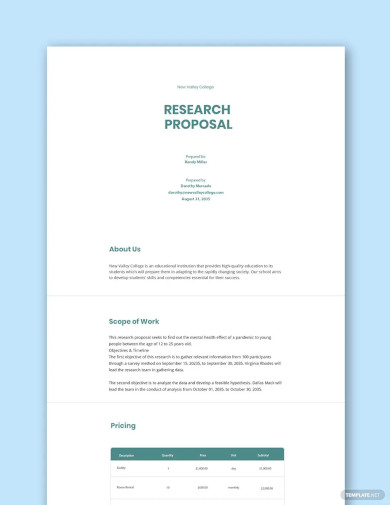
Research Proposal Template
download now -
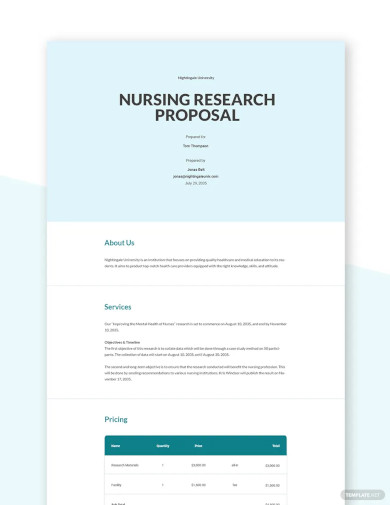
Nursing Research Proposal Template
download now -
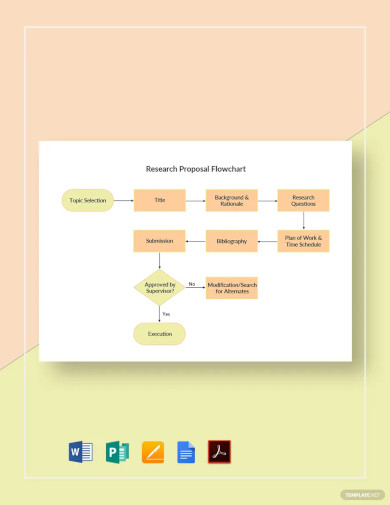
Research Proposal Flowchart Template
download now -
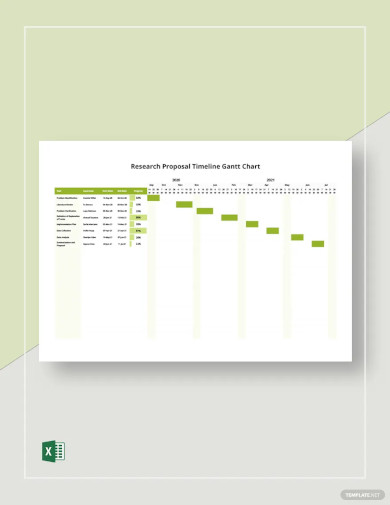
Research Proposal Timeline Gantt Chart Template
download now -
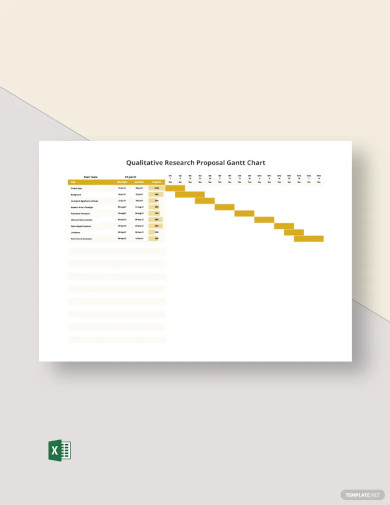
Qualitative Research Proposal Gantt Chart Template
download now -
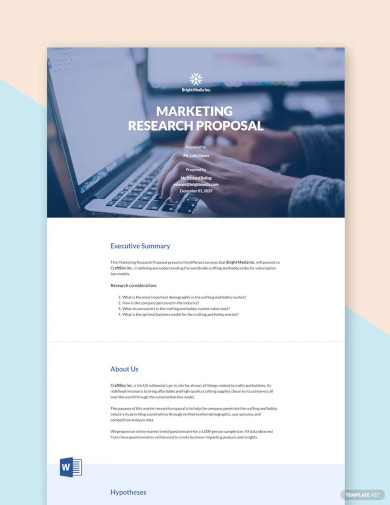
Research Proposal Sample Template
download now -
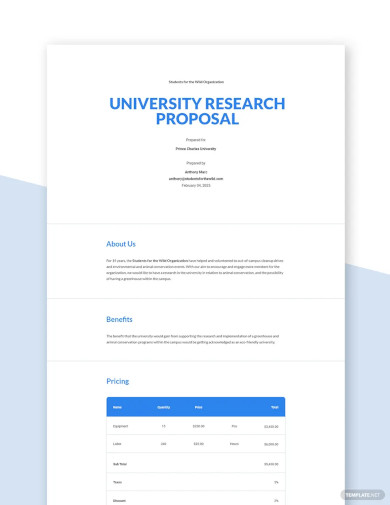
University Research Proposal Template
download now -
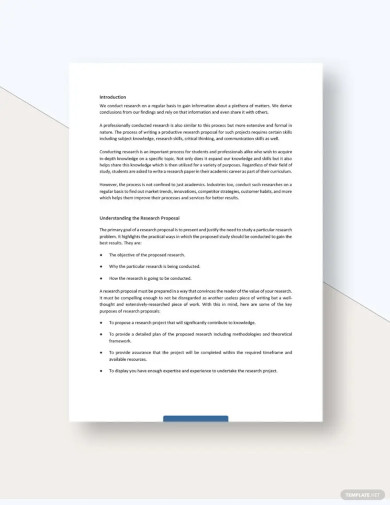
Research Proposal White Paper Template
download now -
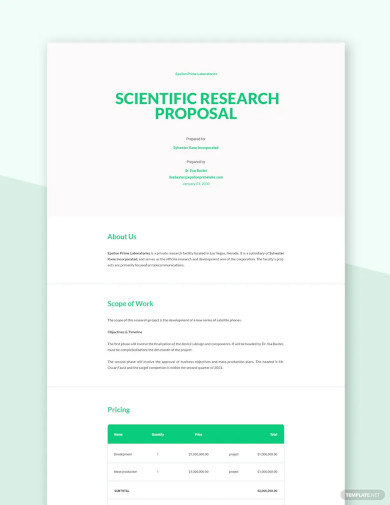
Scientific Research Proposal Template
download now -
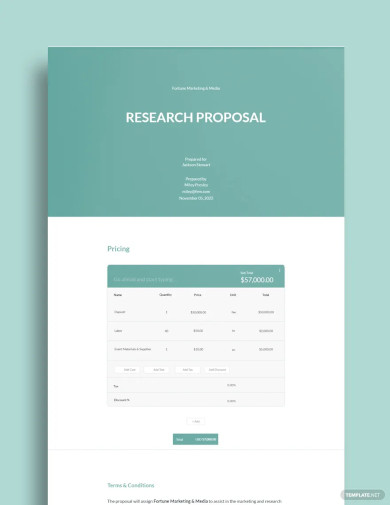
One Page Research Proposal Template
download now -
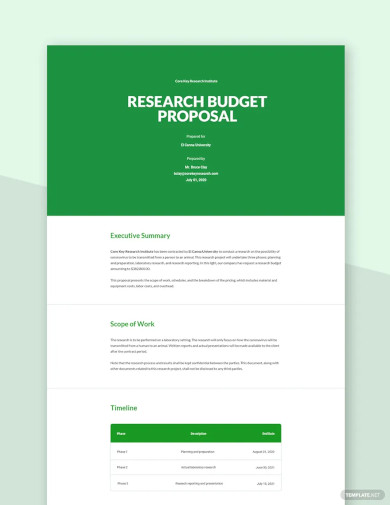
Research Budget Proposal Template
download now -
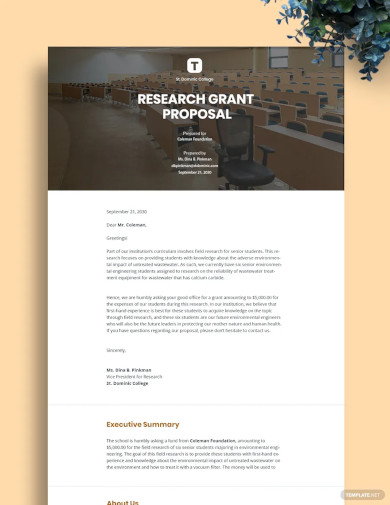
Research Grant Proposal Template
download now -
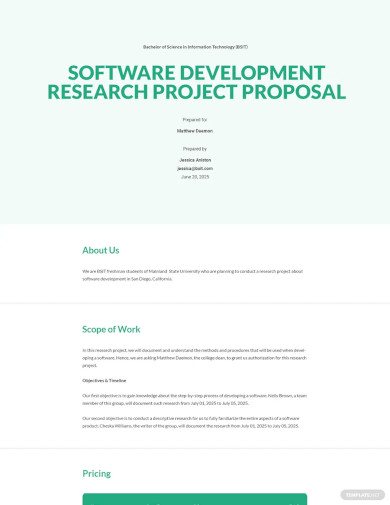
Research Project Proposal Template
download now -
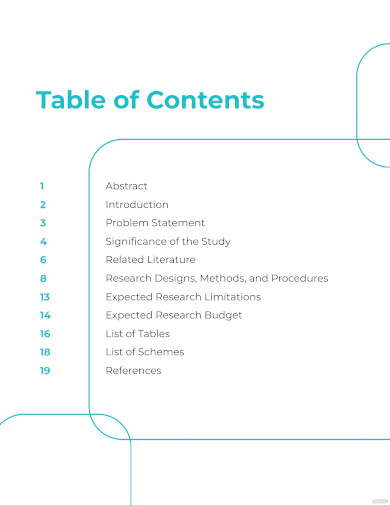
Research Proposal Table Of Contents Template
download now -
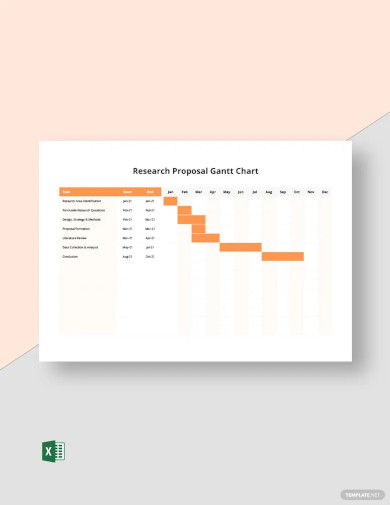
Research Proposal Gantt Chart Template
download now -
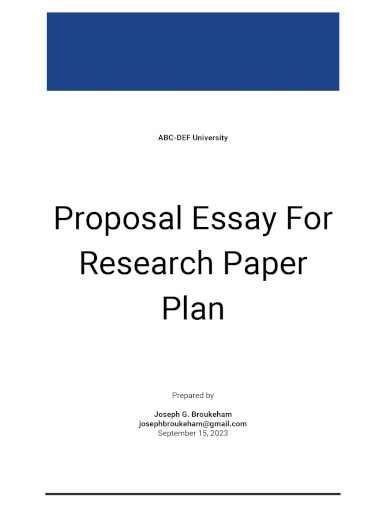
Proposal Essay For Research Paper Template
download now -
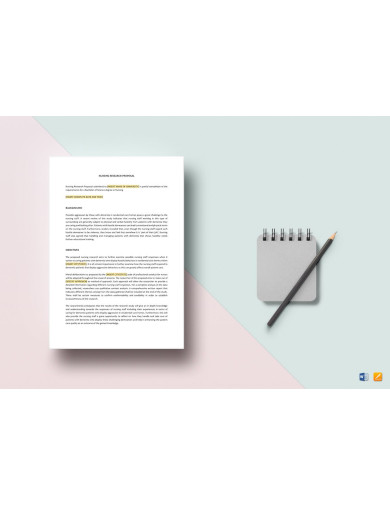
General Nursing Research Proposal Template
download now -

Free Marketing Research Proposal Template
download now -
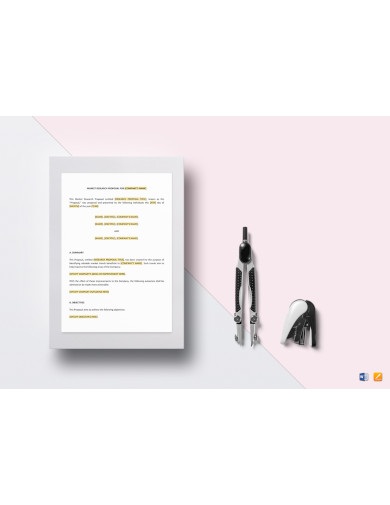
Standard Market Research Proposal Template
download now -
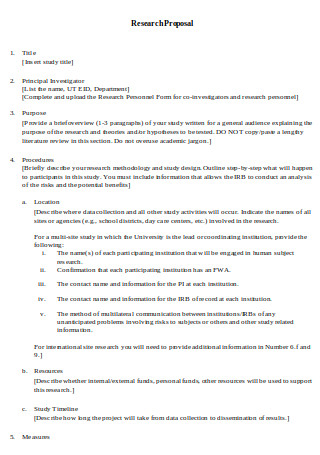
Research Proposal Format
download now -

Research Proposal Template
download now -
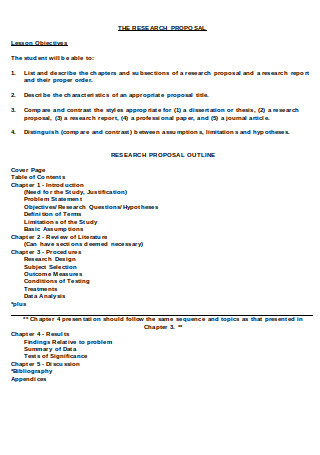
The Research Proposal
download now -
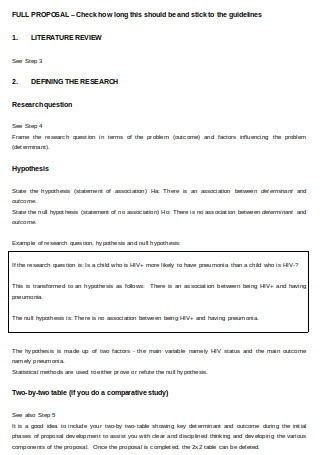
Sample Research Proposal
download now -
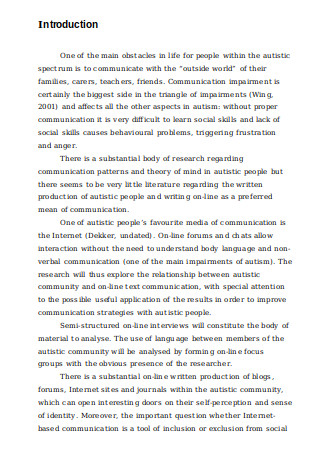
Communication Research Proposal
download now -
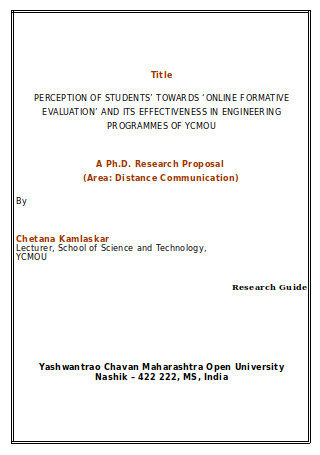
Ph.D. Research Proposal
download now -

Sample Guidelines for Research Proposal
download now -

Prototypical Outline of Research Proposal
download now -
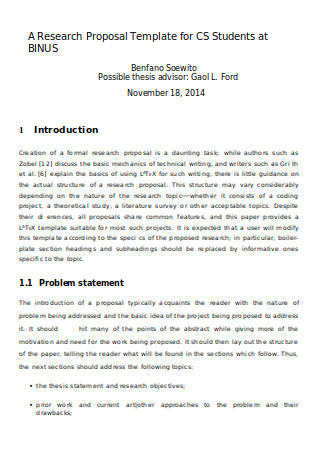
Research Proposal for CS Students
download now -
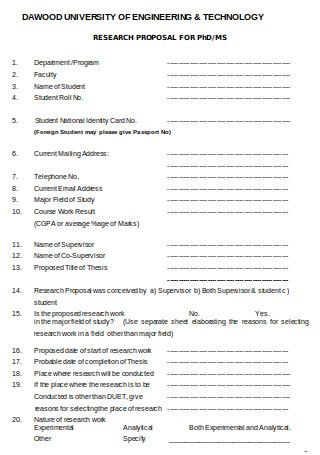
Research Proposal for Ph.D/MS
download now -
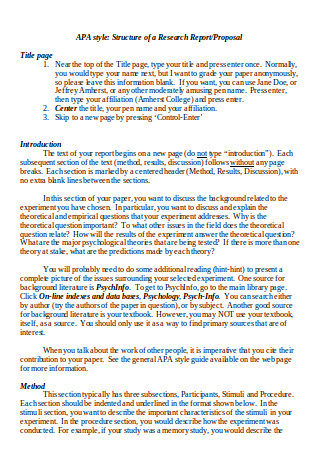
Structure of Research Report/Proposal
download now -
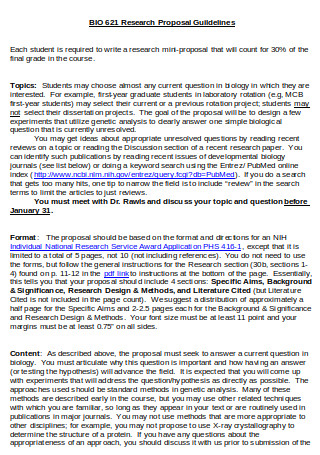
Research Proposal Guidelines
download now -
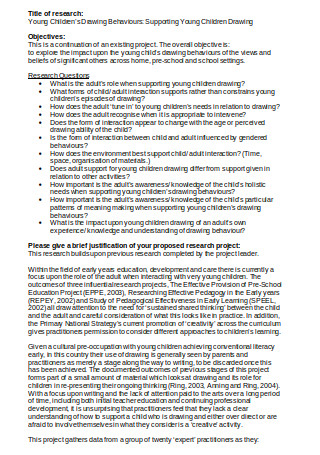
Research Proposal Example
download now -
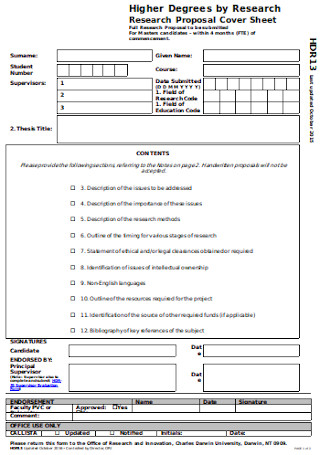
Research Proposal Cover Sheet
download now -
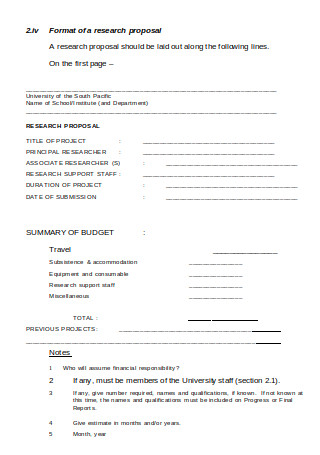
Format of Research Proposal
download now -
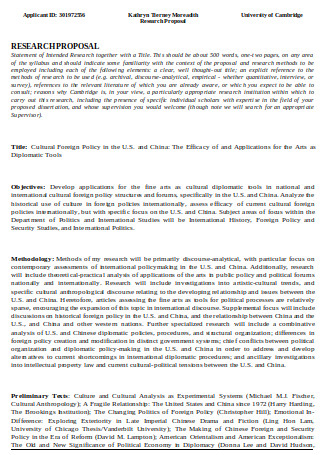
Sample Cambridge Research Proposal
download now -
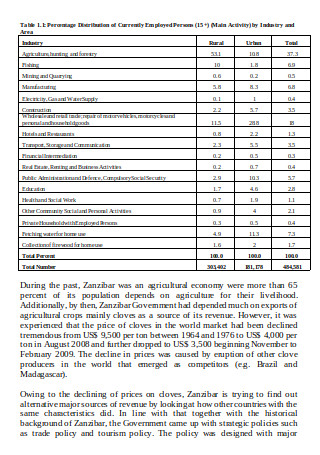
Tourism Research Proposal
download now -
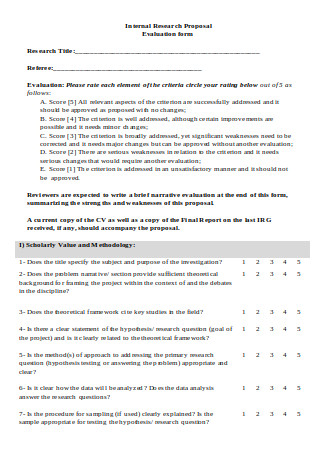
Sample Internal Research Proposal
download now -
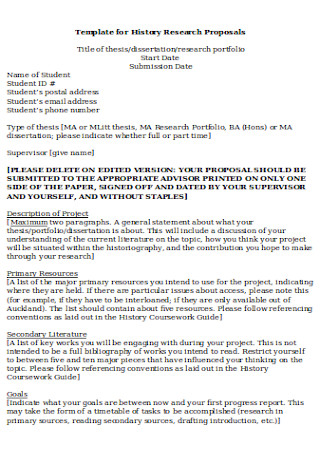
History Research Proposal
download now -
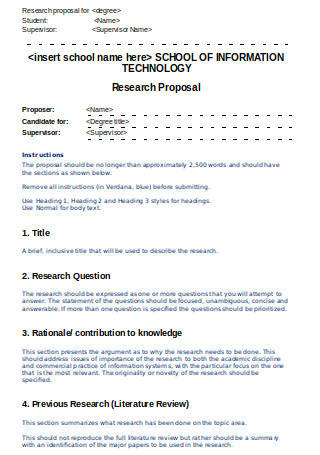
Editable Research Proposal
download now -
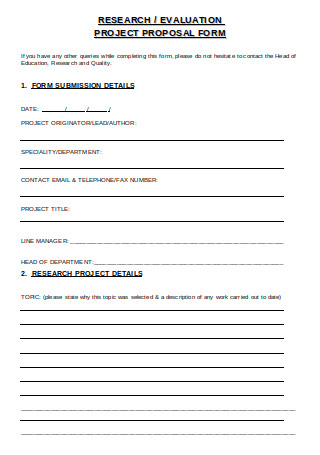
Research Proposal Form
download now -
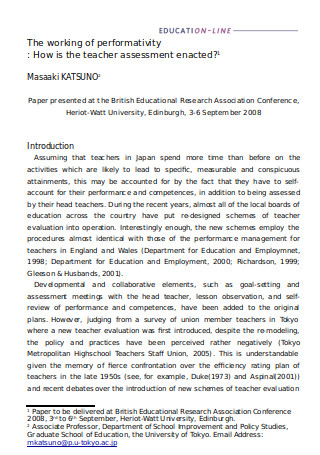
Initial Research Proposal for PhD
download now -
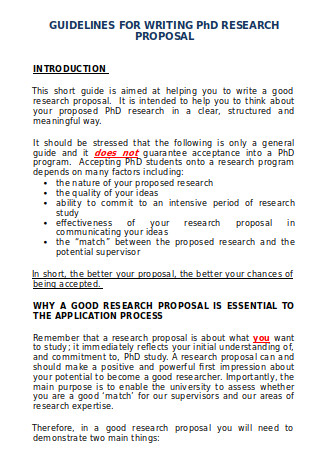
PhD Research Proposal
download now -
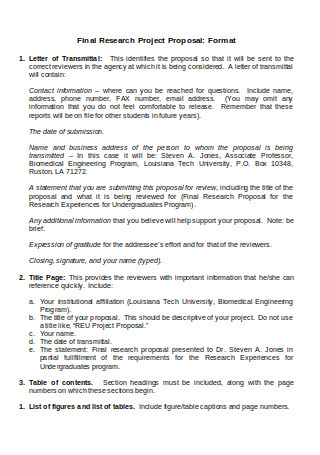
Final Research Project Proposal
download now -
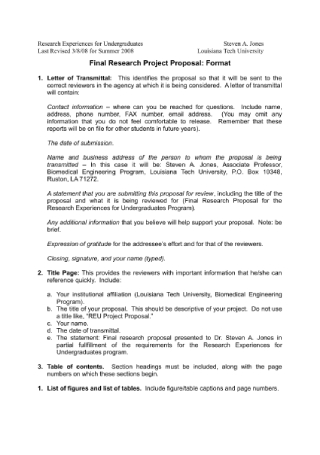
Final Research Project Proposal Structure
download now -
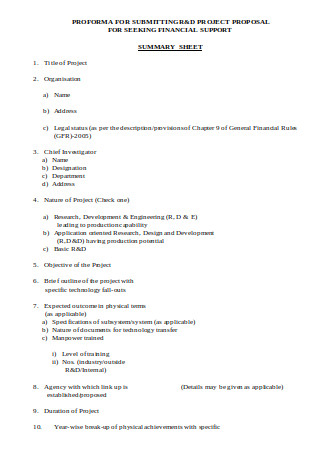
Sample R & D Project Proposal
download now -
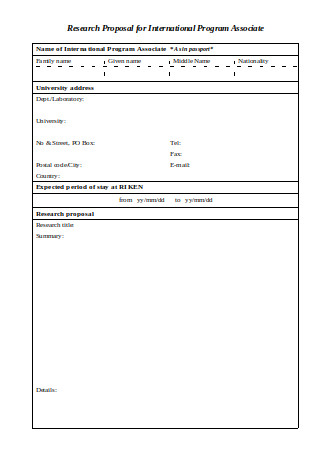
Research Proposal for Joint Graduate School
download now -
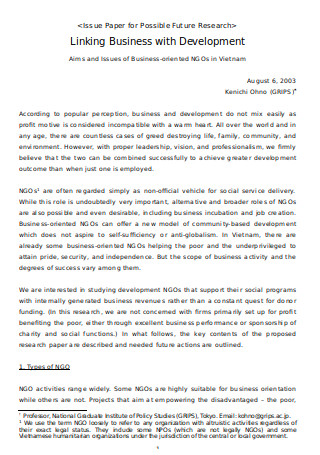
Linking Business Research Proposal
download now -
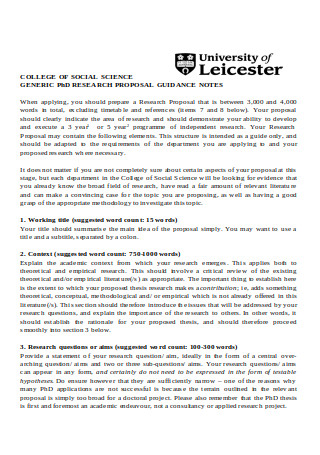
Generic PhD Research Proposal
download now -
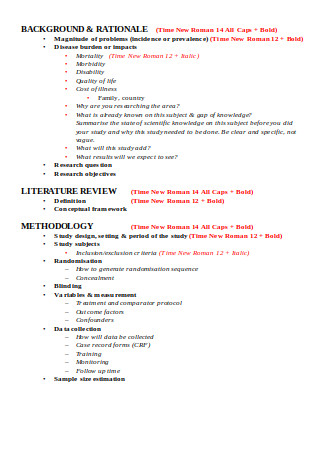
Outline for Research Proposal
download now -
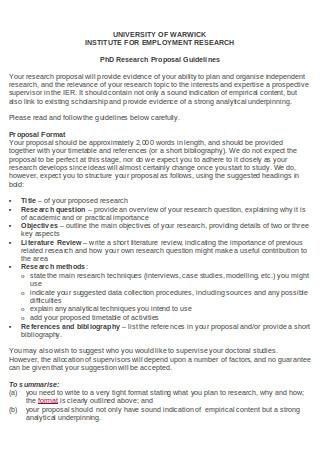
PhD Research Proposal Guidelines
download now -
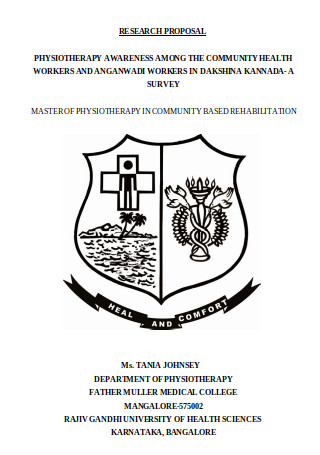
Physiotherapy Awareness Research Proposal
download now -
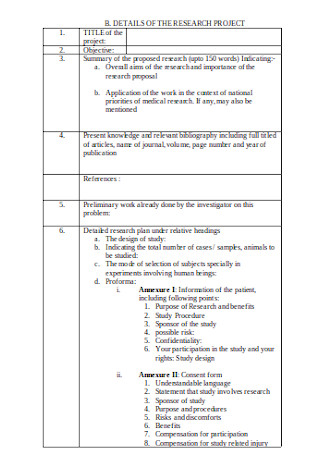
Sample Research Proposal Proforma
download now -
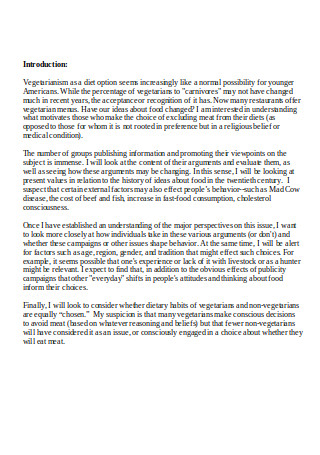
Research Proposal Sample
download now -
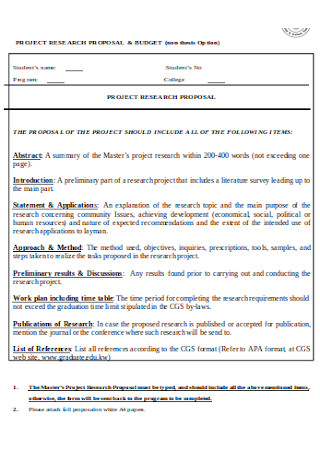
Project Research Proposal & Budget
download now -
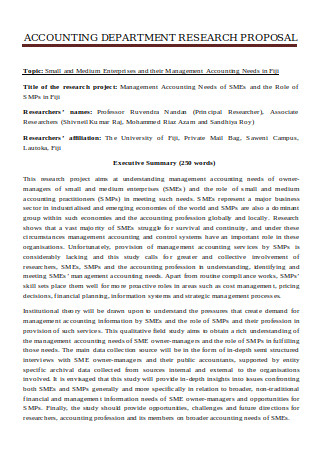
Accounting Department Research Proposal
download now -

Piracy and Armed Robbery Research Proposal
download now -
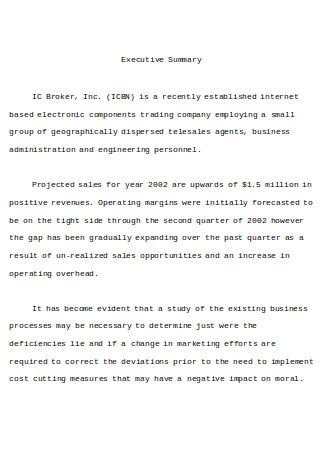
Sample Business Research Proposal
download now -
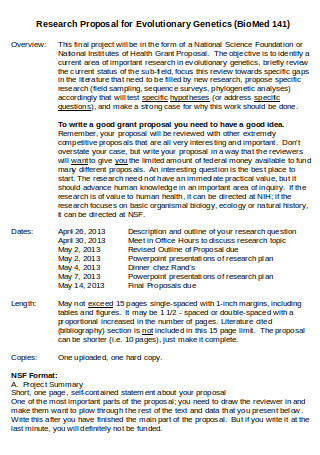
Research Proposal for Evolutionary Genetics
download now -
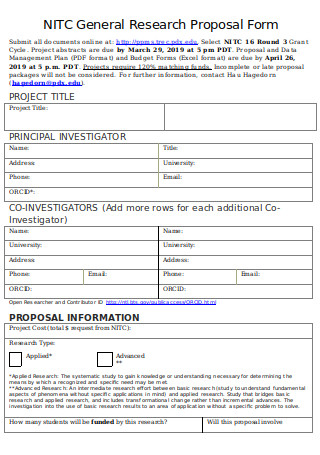
General Research Proposal Form
download now -

Research Proposal Rubric
download now -
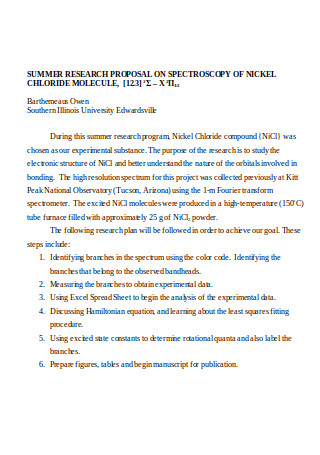
Summer Research Proposal
download now -
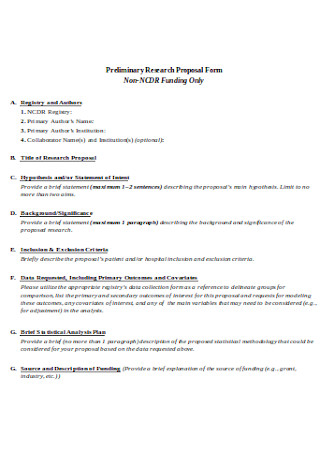
Preliminary Research Proposal Form
download now -
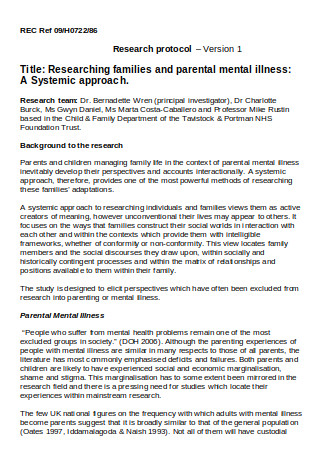
Sample Qualitative Research Proposal
download now -
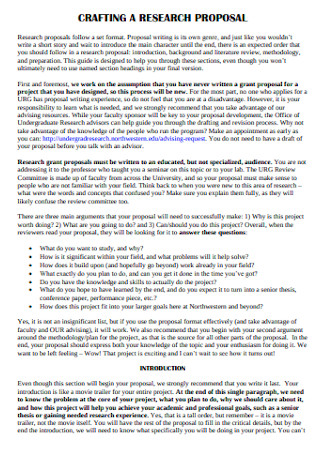
Crafting a Research Proposal
download now -
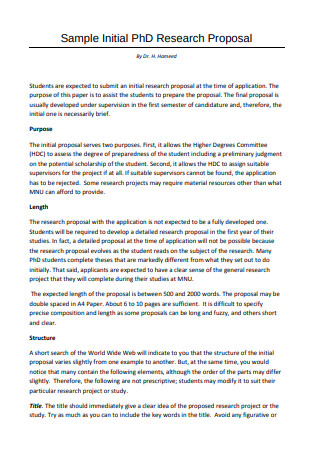
Sample Initial Ph.D. Research Proposal
download now -
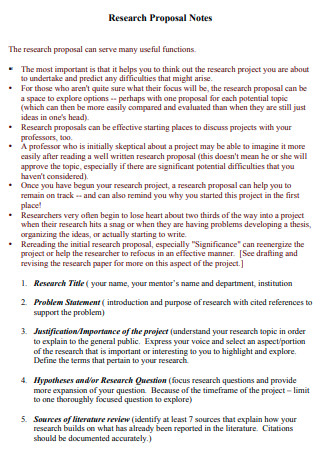
Sample Research Proposal Notes
download now -
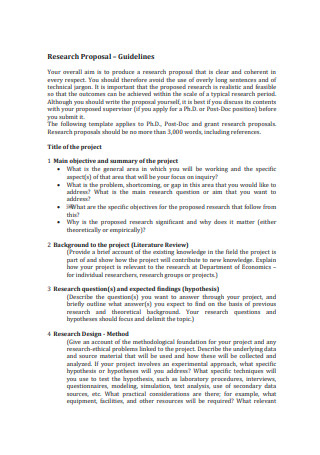
Basic Research Proposal Guidelines
download now -
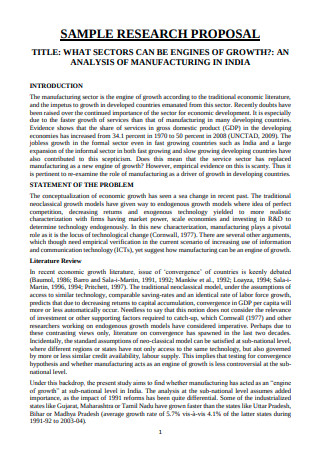
Sample Research Proposal in PDF
download now -

Basic Research Proposal
download now -
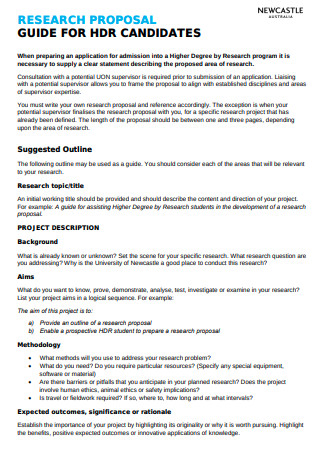
Format of Research Proposal in PDF
download now -
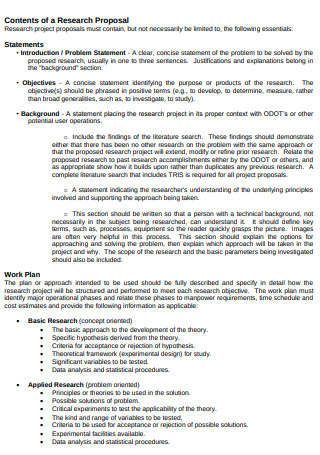
Contents of a Research Proposal
download now
What Is a Research Proposal?
Since elementary school, research is considered an integral tool in facilitating learning. It tests an individual’s skills development plans in several key learning areas. The impact of research on a person’s life evolves through time, from being an academic requirement to a personal mission to conduct studies. But significant research action plan does not happen overnight. An idea does not blossom into a full-on study without enough resources and justifications. And the perfect tool that contains the rationale of the research and, at the same time, entices possible sponsors to fund the study is a research proposal.
A research proposal is a basic framework of the proposed study. It includes the literary background of the study, which consists of the relevance of the study—pieces of information that implies the urgency of the matter. A research proposal also contains feasible ways to carry out the entire methodology of the study, as long as it is necessary. All of these details are crafted in a way that builds up the potential and viability of the study.
What Builds a Winning Research Proposal?
Research Implementation Plan can dawn upon anyone at any time of day. It can happen to anyone, so it can most likely happen to you. You may stumble upon a roadblock at work or at school that encourages you to know more about it or to provide a solution for it. You may also be tasked to pitch in a research idea for work. In order to come up with your best possible output, make sure to educate yourself on the vital elements of a proposal. Presented below are the key features that help build a winning research proposal.
Studies that Helped Shape the Modern World
Conducting research contributes to several advantages in society. Several pieces of research contribute to the development of a country by coming up with methods that improve the population’s way of living. It also helps in the general economic activity plan of a nation. More than the developments within nations, several successful pieces of research provided global implications in their particular fields. The list below provides three studies that started revolutionary changes in their respective industries.
Kao: Father of Broadband
Can you remember how life was before the internet? Emails were written letter sent through the postal service, that takes several days of shipping. Online shops were not a thing back then. Everyone had to go to physical retail stores and spend hours trying on several materials of clothing before settling on the favorites. You could not reserve it for your cart if you need to think about your purchase for a few more hours. These little conveniences that are now taken for granted were a struggle back in the day. But, the technology that started to make daily living more convenient was Charles Kao. Kao won a Nobel Prize for Physics because of his research study plan on the transmission of light through glass fibers in optical cables. The findings of his study sparked the use of fiber optics in modern telecommunications. Thanks to the success of Kao’s proposal and study, we now have the accessibility to the wonders of the internet in our hands.
Baltimore on Understanding the Retrovirus HIV
Research plays a vital role in healthcare. It aims to discover methods for early detection, prevention, and cure of various diseases. And one of the targets of healthcare research is to understand the Human Immunodeficiency Virus (HIV), which develops to Acquired Immunodeficiency Disease (AIDS) when not treated. With over 39 million people infected globally, it is considered an epidemic. Its sudden emergence and wildfire-like widespread raised the alarm for everyone. David Baltimore, in particular, wanted to know the roots of the disease to develop a treatment for it further. Baltimore’s research leads to the discovery of a specific protein that was crucial in the reproduction process of retroviruses, such as HIV. This remarkable discovery leads to subsequent examinations about the detection of the virus to prevent it from developing into a severe illness. After receiving a Nobel Prize for this discovery, Baltimore continued his research with regards to the use of the stem cell procedure as a cure to various chronic diseases, including HIV/AIDS. His research, alongside his co-researchers, opened opportunities for people living with the disease.
Ogawa: Oxygen Levels and Brain Functions
In the process of capturing the nature of a person, several methods and theories were developed to understand different brain processes. The old techniques of figuring which part of the brain is responsible for a particular function was borderline gruesome, but at that time it was the only feasible way. Until magnetic resonance imaging (MRI) was made possible. Seiji Ogawa’s research was responsible for the revolutionary methods of analyzing the results from a functional MRI (fMRI). He made use of a new methodology in using functional MRIs. The presence of varying oxygen levels in the brain was used to determine which parts were responsible for the different functions, including cognition. Ogawa’s research and new method paved the way into having a deeper understanding of the human brain, which was subject to examination way back.
How to Prepare a Compelling Research Proposal
Something as great as the invention of computers and the internet started out from an idea that was relayed in a research proposal. By any strain of luck and perseverance, you may have a simple idea that may turn out to be groundbreaking. In order to turn that idea into reality, you need to come up with a compelling research proposal. You do not need to worry if you don’t know how to write one, we present you with the basic steps and some tips on composing one.
Step 1: Indicate the Background of the Research
A winning research proposal must provide a comprehensive background to support the need for it. The background of the research proposal often includes a vivid description of the current situation that needs a solution. Moreover, it also contains the significance of the study. The importance consists of the primary stakeholder’s analysis of the research and the benefits it contributes. It contains the buy-in of the stakeholders when they take on their suggested role for the study’s completion. The main goal of the background of the study is to sell the research. And to acquire a sufficient budget to implement the research.
Step 2: Literature Review
Any well-written proposal banks on current literature about the particular topic. You do not need to include the entire review of the study on the proposal. But, make sure to include the essential pieces of information—the ones that will make the study understandable to those who do not have prior knowledge of the topic. A thorough literature review provides benefits to the researcher, as well. Going through different resource materials hones the aim of the research proposal. It creates a clear picture of what is already done and what needs to be done. Preparing well-written literature takes a lot of time and effort, but it pays off. It strengthens the foundation of the study, providing a theoretical and conceptual framework.
Step 3: Propose Possible Methodology
Research proposals are not complete with the presentation of the research methodology. The proposal must describe how the researchers will determine the target population, how to gather the needed information, and how to analyze the data. Details regarding the research instrument are also essential—whether the team will use an established feedback questionnaire or if they will draft their own. As for the methods of data analysis, the proposal must mention the appropriate statistical methods to arrive with accurate conclusions.
Step 4: Present Approximated Research Budget
The next thing to present in a research proposal is the breakdown of the budget proposal. Always keep in mind that the document is also a request for funding, so take time to make the possible sponsors understand why the costs are necessary for the enforcement of the research. Present the details in an orderly manner. Presenting the lump sum without explanations will rake in questions and doubts. As much as possible, label the breakdown of the amount and specify its allocation. If you have not gathered the details of the specific prices, the breakdown can be in percentages.
Step 5: Include a Timeline of the Research
Before concluding the research proposal, provide a projected project timeline. The project schedule contains all the tasks that are vital to the success of the research. Additional details include the people responsible for achieving the task. It provides an overview of the entire process before anything is started. More often than not, presenting the timeline is more for the benefit of the readers, rather than for the researchers. So to present the data in a comprehensible way, most researchers make use of Gantt charts and other variations of timetables.
From seeking out the practicality of different elements, research in these modern times became proactive. Researches aim to start something, rather than waiting for things to happen. These ideas are initially concretized through research proposals. In a time where money runs things, radical studies are impossible to come by without proper funding. If you have any ideas or topics in mind, you can use the available research proposal templates to develop knowledge further or to uncover new details from forgotten disciplines.
